Road Safety Rules: Tips to Help Stay Safe on Indian Roads
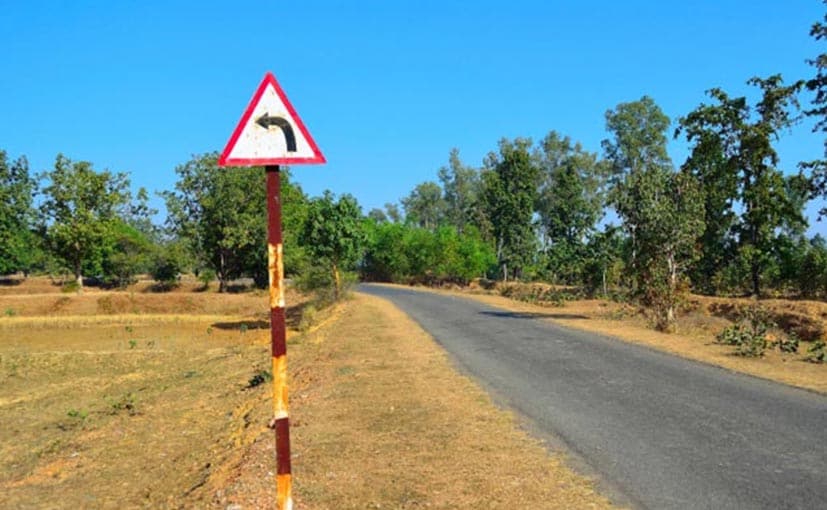
1. Cars
The following set of tips regarding road safety should not only be followed by people driving cars but by all motorists in general:
- Always wear your seat-belt
Not because it's illegal to not wear one while driving, but because it can genuinely save your life. In fact, it's highly advisable for all passengers to strap in, even in rear sections of the car. You never know when someone else's lapse in judgement can result in you having an accident.
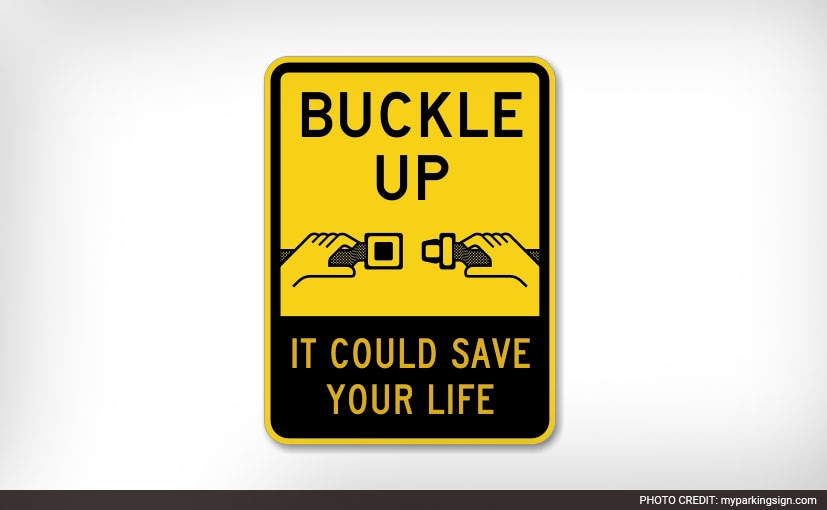
- Avoid distractions
Talking on the phone while driving is illegal in India and should be avoided at all costs. If it's an emergency or an important phone call, pull up to the side of the road and finish your conversation before driving. Other forms of distractions that should be avoided include loud music and long conversations that demand a large portion of your attention.
- Never drive under the influence of alcohol or narcotics
Driving under the influence of alcohol or narcotics is completely illegal and can result in the driver being imprisoned if found guilty. Not only does it cloud your sense of judgement, it also reduces your reaction time which could lead to a serious accident. Although inadvisable, you are only allowed to drink and drive if you have consumed no more than 1 unit of alcohol. Also avoid driving when sleepy or tired as both cases have similar effects on your level of attentiveness and reaction time.
Also Read: Drink Driving: How Alcohol Affects a Driver's Abilities
- Stick within speed limits and follow the rules
It's imperative that this road safety rule be followed as speed limits are set for a reason. In India, where the roads are treacherous because of poor build quality and poor driving etiquette, a slower speed limit has been enforced to prevent accidents. If you're driving and are suddenly faced with a decision of either going through a huge ditch or maneuvering around it, it's much easier and safer to do so at slower speeds. Additionally, maintain your lane while driving and more importantly, do not skip red lights even if you can't see any oncoming traffic. It's illegal and can result in a catastrophic accident if you get hit by a car coming at speed. When someone sees a green light in the distance and an empty patch of road leading up to it, they may accelerate to ensure that they make the light. In such a situation, you may not be able to see the on-coming car at all. Thus, to stay safe, don't break the law and never jump a red light.
- Maintain your car and use it properly
Although this tip seems to be a bit off-topic, having a well maintained car can go a long way in terms of making your drive safer. Worn out tyres, broken head or tail-lamps or fused light-bulbs can result in serious accidents due to the lack of proper traction and visibility respectively. Checking your tyres is in fact extremely important, especially during the rains when roads are slippery. Other big issues include not indicating properly and refusing to use side mirrors. Indicating is not only courteous to the person driving behind you but is also a safety measure to inform anyone coming at speed of your intentions. Refusing to use side mirrors to prevent them from getting scratched is completely senseless. There is no better way to be safe in your car than being fully aware of what's happening around you. Hence, as a rule, always use all-3 rear view mirrors to ensure that you're aware of vehicles approaching from behind. The mirrors are there to serve a purpose; use them.
2. Bikes
- Wear a helmet
No matter how uncomfortable they may be, helmets are essential. The human skull is designed to be tough in order to protect the all-important brain. However there is a limit to the amount of trauma that it can take. Hence, wear a helmet as it may indeed save your life someday.
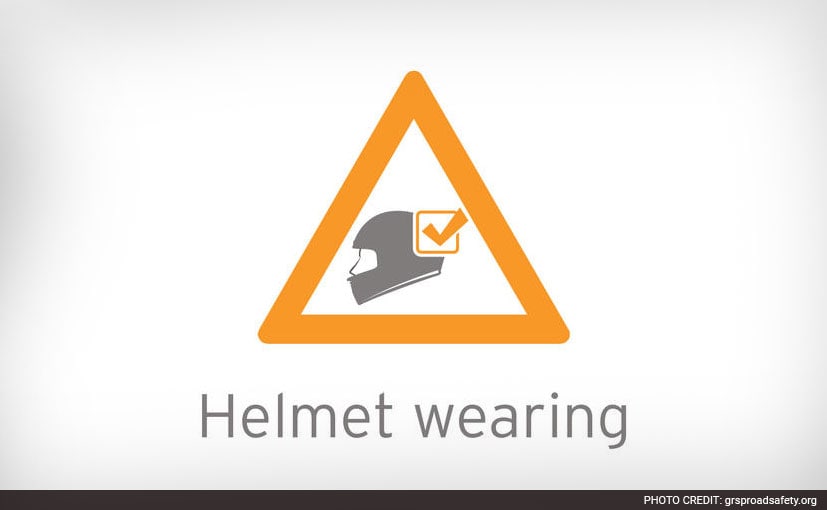
- Avoid swerving between lanes
2-wheeler owners in India must find its extremely liberating to be able to squeeze through tiny gaps in traffic congestion. However, what they don't realize is that it takes one bad decision on their or another motorists' part for there to be a major accident. 2-wheelers are small and are much harder to spot in mirrors and on the road. For your own protection, avoid straying between lanes and squeezing into tight channels. Remember, when a 2-wheeler collides with a four-wheeler, it's the person on the 2-wheeler who is likely to suffer serious injuries due to the complete lack of body protection.
3. Pedestrians
Here's a look at a list of good road safety habits that you should adopt as a pedestrian to stay safe while walking on or across Indian roads:
- Always look both ways when crossing the road
This is probably the first road safety rule that is taught to children at a very young age. Before crossing a road, make sure that there is no one coming from either direction. It's important to note that this should be practiced even on one way roads, just to be doubly certain that no one is driving in the wrong direction.
- Learn to anticipate road behaviour
This is something that you learn with time. Being cautious and predicting what an oncoming motorist will do before crossing a road not only makes it easier to know when to cross but may also save your life someday. An example of this would be predicting if a driver is distracted or not because a distracted driver may not be able to detect when a pedestrian is crossing the road.
- Use public amenities
If you need to cross a road, always look for an aerial walkway or underground subway before opting to cross the road directly. Also, use footpaths when available. Walking on the road can be extremely dangerous for you and for oncoming traffic.
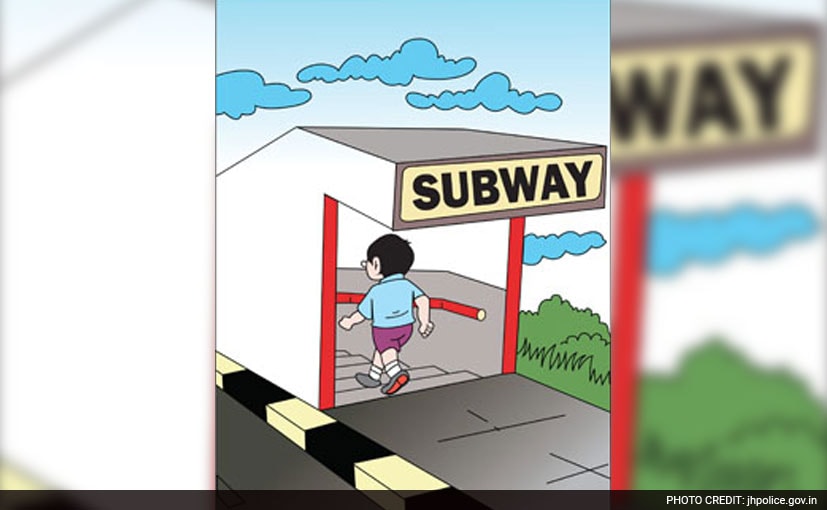
- Be attentive
Walking as a mode of transport can be quite boring and possibly justifies listening to music or talking on the phone when on the go, but being just a bit more attentive towards your surroundings by pausing your playlist while crossing a street or by turning the volume down, can help mitigate the risk of being hit by a moving vehicle.
Latest News
 car&bike Team | Jan 19, 2026Skoda Kushaq Facelift Debut Tomorrow: What To ExpectFacelifted Kushaq to get updated looks and new tech inside the cabin.1 min read
car&bike Team | Jan 19, 2026Skoda Kushaq Facelift Debut Tomorrow: What To ExpectFacelifted Kushaq to get updated looks and new tech inside the cabin.1 min read Jaiveer Mehra | Jan 17, 20262026 Tata Punch Facelift Price, Variants ExplainedUpdated Punch is available in 8 trim levels with naturally aspirated petrol, CNG and turbo-petrol engine options.3 mins read
Jaiveer Mehra | Jan 17, 20262026 Tata Punch Facelift Price, Variants ExplainedUpdated Punch is available in 8 trim levels with naturally aspirated petrol, CNG and turbo-petrol engine options.3 mins read car&bike Team | Jan 17, 2026Skoda Kushaq Facelift Teased Ahead of Launch In Coming WeeksMid-lifecycle update to bring with it styling updates as well as new features inside the cabin.1 min read
car&bike Team | Jan 17, 2026Skoda Kushaq Facelift Teased Ahead of Launch In Coming WeeksMid-lifecycle update to bring with it styling updates as well as new features inside the cabin.1 min read car&bike Team | Jan 16, 2026Pierer Mobility AG Rebranded as Bajaj Mobility AG Following KTM TakeoverThis marks a major shift in ownership and strategic direction in the global motorcycle industry.1 min read
car&bike Team | Jan 16, 2026Pierer Mobility AG Rebranded as Bajaj Mobility AG Following KTM TakeoverThis marks a major shift in ownership and strategic direction in the global motorcycle industry.1 min read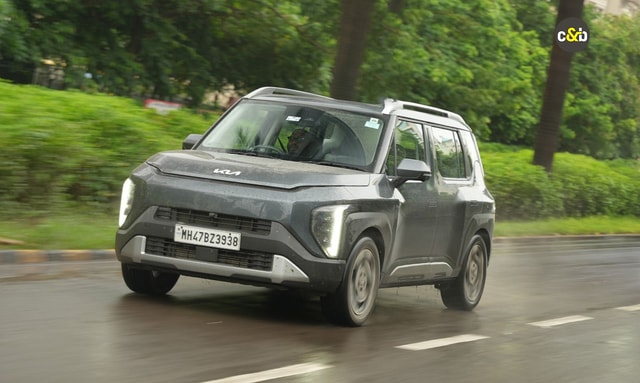 Seshan Vijayraghvan | Jan 16, 2026Kia Syros Variant Line-Up Expanded With HTK (EX) Trim; Prices Start At Rs. 9.89 LakhPositioned between the HTK (O) and HTK+ trims, the new variant will be offered in both petrol and diesel options.2 mins read
Seshan Vijayraghvan | Jan 16, 2026Kia Syros Variant Line-Up Expanded With HTK (EX) Trim; Prices Start At Rs. 9.89 LakhPositioned between the HTK (O) and HTK+ trims, the new variant will be offered in both petrol and diesel options.2 mins read car&bike Team | Jan 16, 2026MG Majestor India Launch On February 12Unveiled in India at the 2025 Bharat Mobility Expo, the Majestor is expected to be positioned as a more premium alternative to the Gloster.1 min read
car&bike Team | Jan 16, 2026MG Majestor India Launch On February 12Unveiled in India at the 2025 Bharat Mobility Expo, the Majestor is expected to be positioned as a more premium alternative to the Gloster.1 min read
 Amaan Ahmed | Jan 17, 2026Bajaj Chetak C25 First Ride Review: Basic, Likeable E-Scooter For First-Time RidersThe Chetak C25, in quite a few ways, is poles apart from the larger and more powerful 30 and 35 Series models, but in its mannerisms, it is very much a Chetak.8 mins read
Amaan Ahmed | Jan 17, 2026Bajaj Chetak C25 First Ride Review: Basic, Likeable E-Scooter For First-Time RidersThe Chetak C25, in quite a few ways, is poles apart from the larger and more powerful 30 and 35 Series models, but in its mannerisms, it is very much a Chetak.8 mins read Bilal Firfiray | Jan 9, 2026Toyota Urban Cruiser Hyryder: 10,000 km Long-Term ReviewAfter spending over three months and 10,000 km with the Toyota Urban Cruiser Hyryder Hybrid, we were impressed by its real-world mileage, seamless hybrid, practical comfort, and Toyota reliability. Is it the best C-SUV then?5 mins read
Bilal Firfiray | Jan 9, 2026Toyota Urban Cruiser Hyryder: 10,000 km Long-Term ReviewAfter spending over three months and 10,000 km with the Toyota Urban Cruiser Hyryder Hybrid, we were impressed by its real-world mileage, seamless hybrid, practical comfort, and Toyota reliability. Is it the best C-SUV then?5 mins read Seshan Vijayraghvan | Jan 8, 20262026 Mahindra XUV 7XO Review: Big On Tech, Bigger On ComfortThe new Mahindra XUV 7XO is flashier, feature packed, and comes with more advanced tech. But are the changes just incremental or actually substantial?1 min read
Seshan Vijayraghvan | Jan 8, 20262026 Mahindra XUV 7XO Review: Big On Tech, Bigger On ComfortThe new Mahindra XUV 7XO is flashier, feature packed, and comes with more advanced tech. But are the changes just incremental or actually substantial?1 min read Preetam Bora | Jan 10, 2026Simple One Gen 2 First Ride Review: 265 km Claimed Range!The Gen 2 model of Simple Energy’s first electric scooter gets a fair few updates, including new features, tech, more range and lighter weight. We spent a couple of hours with the Simple One Gen 2 to find out if it manages to impress.6 mins read
Preetam Bora | Jan 10, 2026Simple One Gen 2 First Ride Review: 265 km Claimed Range!The Gen 2 model of Simple Energy’s first electric scooter gets a fair few updates, including new features, tech, more range and lighter weight. We spent a couple of hours with the Simple One Gen 2 to find out if it manages to impress.6 mins read Amaan Ahmed | Jan 3, 2026VLF Mobster 135 300 KM Review: Fun But FlawedA 125 cc scooter with Italian design and Chinese genes is a rare combination, and while some may be tempted to dismiss it because of its origins, the VLF Mobster shows 125s can also be exciting – but not without compromises.11 mins read
Amaan Ahmed | Jan 3, 2026VLF Mobster 135 300 KM Review: Fun But FlawedA 125 cc scooter with Italian design and Chinese genes is a rare combination, and while some may be tempted to dismiss it because of its origins, the VLF Mobster shows 125s can also be exciting – but not without compromises.11 mins read






















































































































